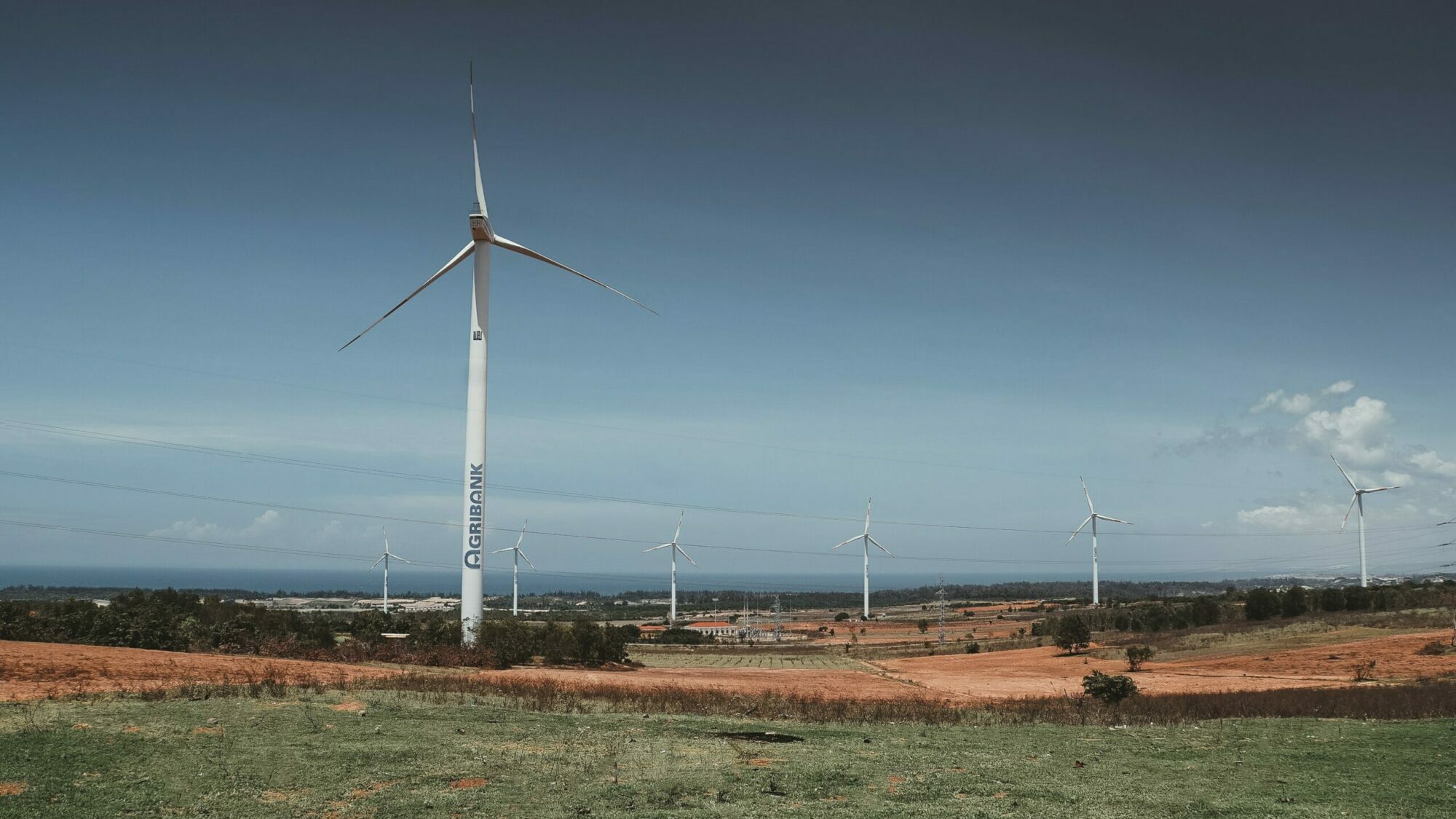

Now is the time to invest
Infrastructure is a key driver for the Sustainable Development Goals. It helps to meet social and economic development needs, keeps communities connected, facilitates trade, and economic growth and inclusion.
It’s also a huge economic investment with an asset life of 30 years or more. In Australia, the five-year pipeline of major public infrastructure projects is valued at $237 billion, according to the 2022 Infrastructure Market Capacity report.
However, infrastructure is an investment that is susceptible to climate and disaster risk. How can we ensure it is designed, built, and maintained to improve resilience?
Contending with increasing climate challenges
Infrastructure must withstand a variety of natural hazards and emergencies. To minimise economic loss and disruption, it must incorporate resilience.
Resilient infrastructure can withstand shocks and stressors and adapts to changing circumstances while uncertainties are resolved. It may have the flexibility to be modified as circumstances change.[1] It must be sensitive to climatic conditions both during its construction and to climate variations over decades of use, maintenance and renewal.
Typically, infrastructure has been designed to suit historic climate conditions – how can we ensure it will withstand future conditions that are more extreme? Data collection, ongoing analysis and mainstreaming into everyday planning and decisions are necessary.
What are the barriers to creating more resilient infrastructure?
One of the major barriers to planning is the lack of climate-related information for designing and adopting appropriate adaptation measures.[2]
A focus on mainstreaming climate and disaster resilience into each phase of planning, preparation, procurement, and implementation is required. The infrastructure lifecycle means we need to ensure the support is ongoing and systematic.
These considerations should be focused on and target specific natural hazards which are specific and relevant to the infrastructure, its purpose, usage and location.
Enabling environments including policies and institutional environments are imperative to ensure the mainstreaming of climate change concerns in infrastructure development, including through early collaboration of experts across stakeholders.
Climate-proofing relies on additional financial investments
Future-proofing infrastructure is likely to require a larger up-front investment, but one that is more cost-effective than rebuilding in the wake of an event. It would require:
- Finance that is simplified, accessible and proportionate to the level of scale (size of asset, vulnerability, exposure to risk, and extent of interdependencies with other investments)
- Donors, users, governments, and contractors to agree on the standards and improved levels of resilience
‘One dollar of preventive measures equals five dollars of repairs’ (Pacific Regional Infrastructure Facility, 2013)
To ensure resilience is prioritised, it must be integrated into proposals and reported.
Improving decision-making
To improve decision-making and consistency across the assessment, identification, adaptation, and mitigation of climate and disaster risk, we need:
- A focus on data and building weather and geological weather models – the process should be continuous across the asset lifecycle and adapt to change as new data is received
- The development of minimum standards that are focused on climate-resilient infrastructure [such as materials and construction], assessment methodologies and performance benchmarks
Increasing inclusivity in infrastructure investments
Incorporating the private sector and communities through standards and legislation for Public Private Partnerships (PPP) will ensure infrastructure can support all people, including persons with disabilities, aged people and women and children.
Accounting for all relevant costs and benefits requires extending assessments and considerations beyond the immediate client. For example, resilient infrastructure may include facilities like schools or community centres that become shelters and places where basic supplies can be stored in the wake of an event or during emergency recovery.
REFERENCES
[1] World Meteorological Organisation, 2022, State of the Climate in the South-West Pacific
[2] Infrastructure NSW (2018), State Infrastructure Strategy 2018-2038: Building Momentum; Lloyd’s of London and Arup (2017), Future Cities: Building infrastructure resilience



